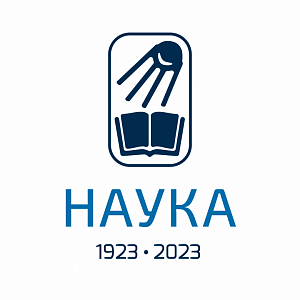Article
Thermophysical Properties of Materials
2003. V. 41. № 2. P. 216–220
Podurets A.M., Dorokhin V.V., Trunin R.F.
X-ray diffraction study of shock-induced phase transformations in zirconium and bismuth
Annotation
Pulse X-ray patterns of polycrystalline zirconium and monocrystalline bismuth are obtained at the moment of shock-wave stimulation of samples. The exposure time of X-ray photography is $0.2$–$0.3$ ms. Zirconium samples are investigated at shock pressures of $5$, $9.5$, $15$, and $29$ GPa. At $P=5$ and $9.5$ GPa, the structure of the initial $\alpha$-phase is observed. At $15$ and $29$ GPa, the form of X-ray patterns varies, but they are difficult to interpret. A mixture of the $\alpha$- and $\omega$-phases is observed on the free surface of zirconium sample after it is loaded to $12$ GPa and the unloading begins. Single crystals of bismuth, oriented parallel to the sample surface by the $(100)$, $(110)$, and $(111)$ crystallographic planes, are investigated at shock pressures of $6.7$, $8.5$, $13.7$, $22$, and $27$ GPa. At $6.7$ GPa, a high-pressure phase of $\mathrm{Bi}$–$\mathrm{V}$ is registered; at $8.5$ and $13.7$ GPa, a distorted body-centered crystal (bcc) structure. At a higher pressure ($22$ GPa), a disturbance of the long-range crystal order (amorphization) is observed; at $27$ GPa, the diffraction pattern disappears, which may be seen as melting.
Article reference:
Podurets A.M., Dorokhin V.V., Trunin R.F. X-ray diffraction study of shock-induced phase transformations in zirconium and bismuth, High Temp., 2003. V. 41. № 2. P. 216
Podurets A.M., Dorokhin V.V., Trunin R.F. X-ray diffraction study of shock-induced phase transformations in zirconium and bismuth, High Temp., 2003. V. 41. № 2. P. 216







